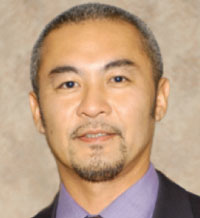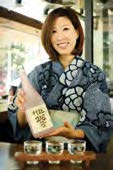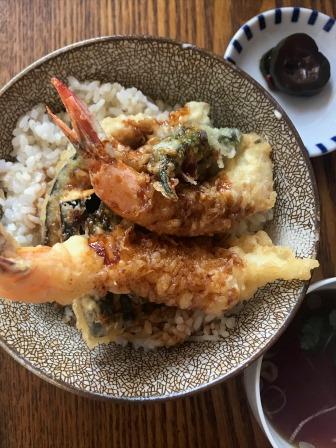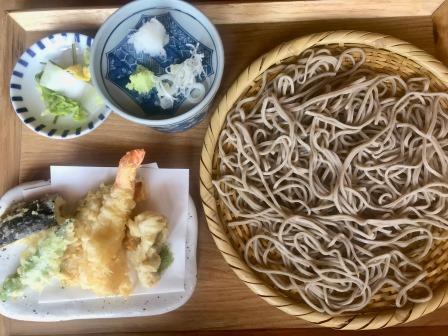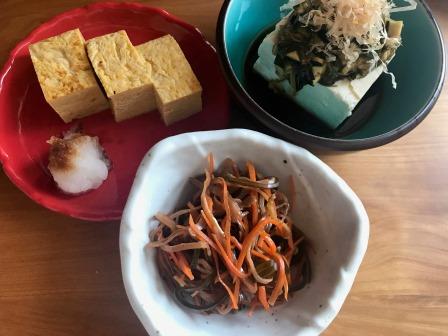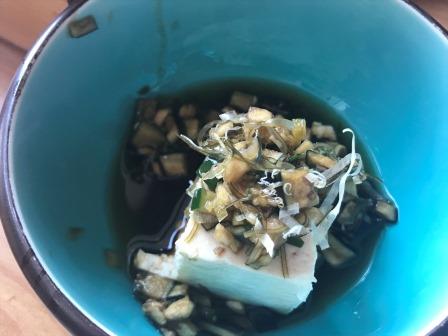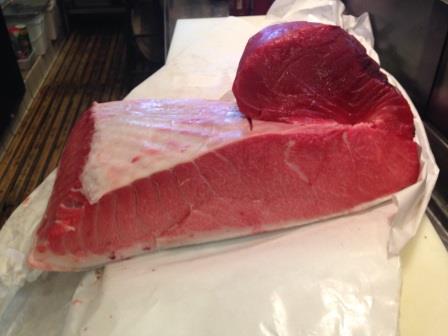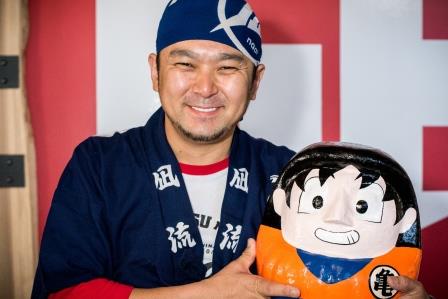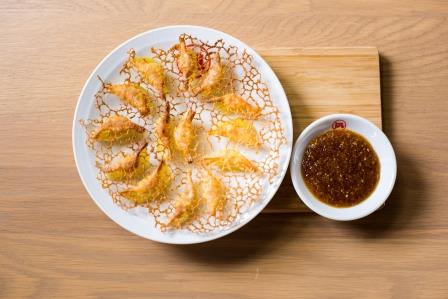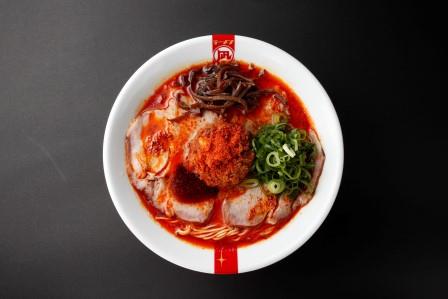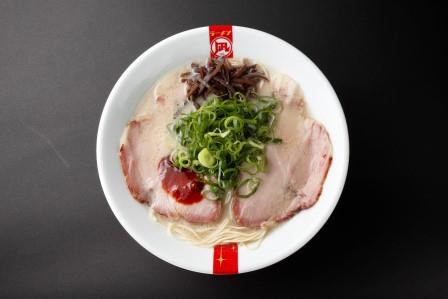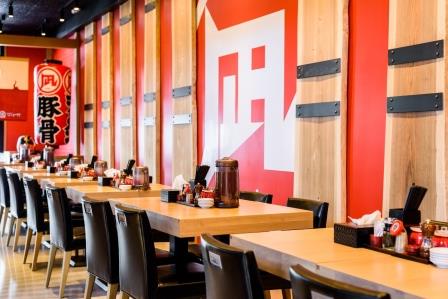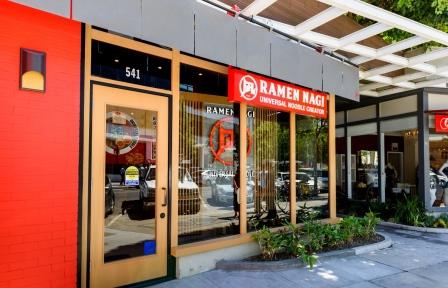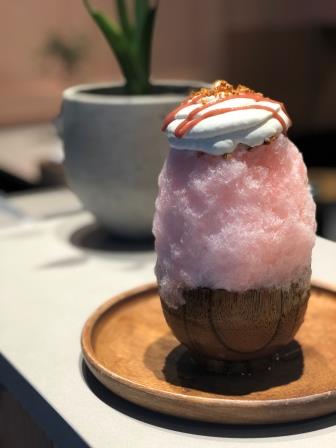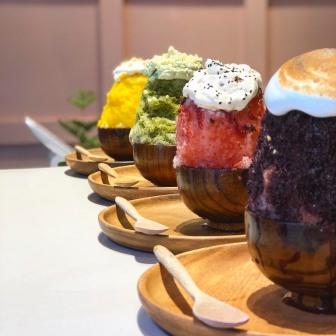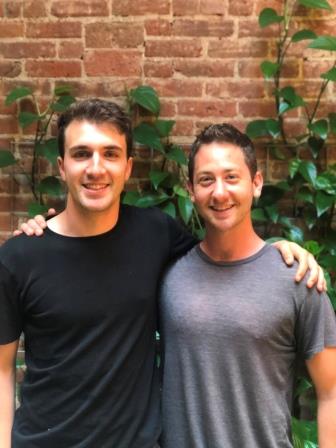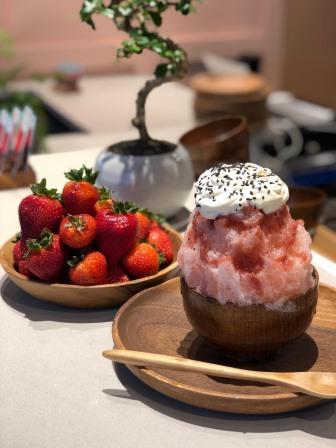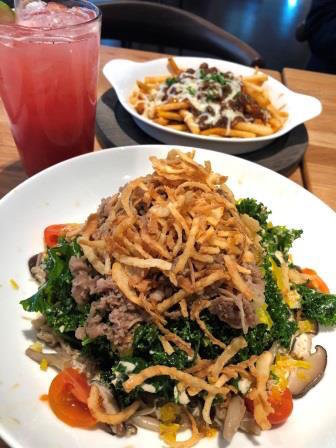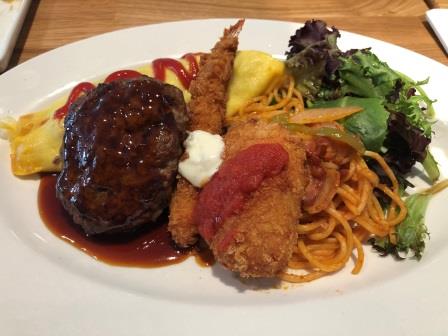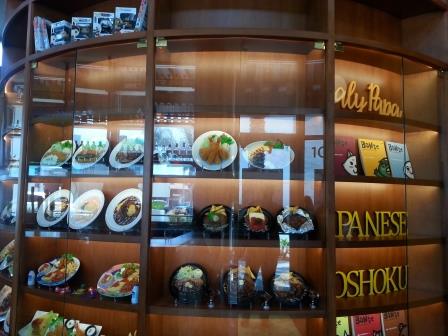The Most Full-fledged Seminar for Sake Brewers in the U.S.: Part I
By Kosuke Kuji
I felt for a long time that for Japanese sake to become fully established worldwide, sake must be further refined at the product level by both sake breweries overseas and at the brewery level as well. When I voiced my thought to President Iida of the Rice Polishing Machine Manufacturer Iida Co, Inc., a parent company to Shinnakano Industry Co., Ltd., Mr. Iida agreed and even held the world’s first full-fledged sake brewing technology seminar targeting sake brewers overseas in Sacramento, Calif.
I gathered the latest information on cutting-edge technology currently used in sake production targeting sake brewers in the U.S.
Nearly thirty sake brewers in the U.S. with some gearing up to start sake production soon gathered at the seminar, heated with great passion!
Excluding myself, attendees included Philip Harper, the first foreign national to be certified as a brew master representing “Tamagawa Brewery,” producer of “Nanbu Toji” in Kyoto prefecture; and Junpei Komatsu, Owner of Komatsu Syuzou Co., Ltd., producer of “Hojun” in Oita prefecture.
Those concerned that discussing such topics could leak Japan’s latest brewing technology to the world can be rest assured that different sake breweries using the same production method still cannot produce the same sake flavor.
Furthermore, manuals on Japanese sake technology are often outdated with no information on recent developments, thus we’ve thought of ways to fill in the gap. To be continued in the next issue…
アメリカで世界初の本格的な醸造セミナー その1
日本酒が世界に広がるためには、海外の醸造場と醸造家のお酒のレベルが上がらなければいけないと、ずっと思っていました。そんな考えを精米機の会社で新中野工業を傘下に持つ(株)飯田の飯田社長と話した時に、飯田社長が賛同してくれて今回アメリカのカリフォルニア州サクラメントで世界初となる、海外醸造家の皆さんを対象とした本格的な醸造技術セミナーを開催してくれました。
そこで、今現在の日本酒の最新の技術情報をアメリカの醸造家の皆さんに伝えるためにお話をしてきました。
集まった30名近いアメリカで今日本酒を醸している方々、そしてこれから醸そうとしている方々が集まり、まさに熱の塊のようなセミナーになりました。
私以外には、外国人として初の認定杜氏である南部杜氏の京都「玉川」のフィリップハーパーさん、大分県の「豊潤」を醸す小松酒造のオーナー杜氏の小松潤平さんが話をしました。
そんなことを話したら日本の醸造技術の流出になるのでは、と心配する方も多いですが、日本酒の世界には「酒屋万流」という言葉がある通り、同じような造り方をしても、蔵が違えば絶対に同じ酒は造れません。さらに、日本酒の製造の教科書はかなり古い情報が多く、最新の話はなかなか書いていないのでその差を埋める事も考えました。
I felt for a long time that for Japanese sake to become fully established worldwide, sake must be further refined at the product level by both sake breweries overseas and at the brewery level as well. When I voiced my thought to President Iida of the Rice Polishing Machine Manufacturer Iida Co, Inc., a parent company to Shinnakano Industry Co., Ltd., Mr. Iida agreed and even held the world’s first full-fledged sake brewing technology seminar targeting sake brewers overseas in Sacramento, Calif.
I gathered the latest information on cutting-edge technology currently used in sake production targeting sake brewers in the U.S.
Nearly thirty sake brewers in the U.S. with some gearing up to start sake production soon gathered at the seminar, heated with great passion!
Excluding myself, attendees included Philip Harper, the first foreign national to be certified as a brew master representing “Tamagawa Brewery,” producer of “Nanbu Toji” in Kyoto prefecture; and Junpei Komatsu, Owner of Komatsu Syuzou Co., Ltd., producer of “Hojun” in Oita prefecture.
Those concerned that discussing such topics could leak Japan’s latest brewing technology to the world can be rest assured that different sake breweries using the same production method still cannot produce the same sake flavor.
Furthermore, manuals on Japanese sake technology are often outdated with no information on recent developments, thus we’ve thought of ways to fill in the gap. To be continued in the next issue…
アメリカで世界初の本格的な醸造セミナー その1
日本酒が世界に広がるためには、海外の醸造場と醸造家のお酒のレベルが上がらなければいけないと、ずっと思っていました。そんな考えを精米機の会社で新中野工業を傘下に持つ(株)飯田の飯田社長と話した時に、飯田社長が賛同してくれて今回アメリカのカリフォルニア州サクラメントで世界初となる、海外醸造家の皆さんを対象とした本格的な醸造技術セミナーを開催してくれました。
そこで、今現在の日本酒の最新の技術情報をアメリカの醸造家の皆さんに伝えるためにお話をしてきました。
集まった30名近いアメリカで今日本酒を醸している方々、そしてこれから醸そうとしている方々が集まり、まさに熱の塊のようなセミナーになりました。
私以外には、外国人として初の認定杜氏である南部杜氏の京都「玉川」のフィリップハーパーさん、大分県の「豊潤」を醸す小松酒造のオーナー杜氏の小松潤平さんが話をしました。
そんなことを話したら日本の醸造技術の流出になるのでは、と心配する方も多いですが、日本酒の世界には「酒屋万流」という言葉がある通り、同じような造り方をしても、蔵が違えば絶対に同じ酒は造れません。さらに、日本酒の製造の教科書はかなり古い情報が多く、最新の話はなかなか書いていないのでその差を埋める事も考えました。

